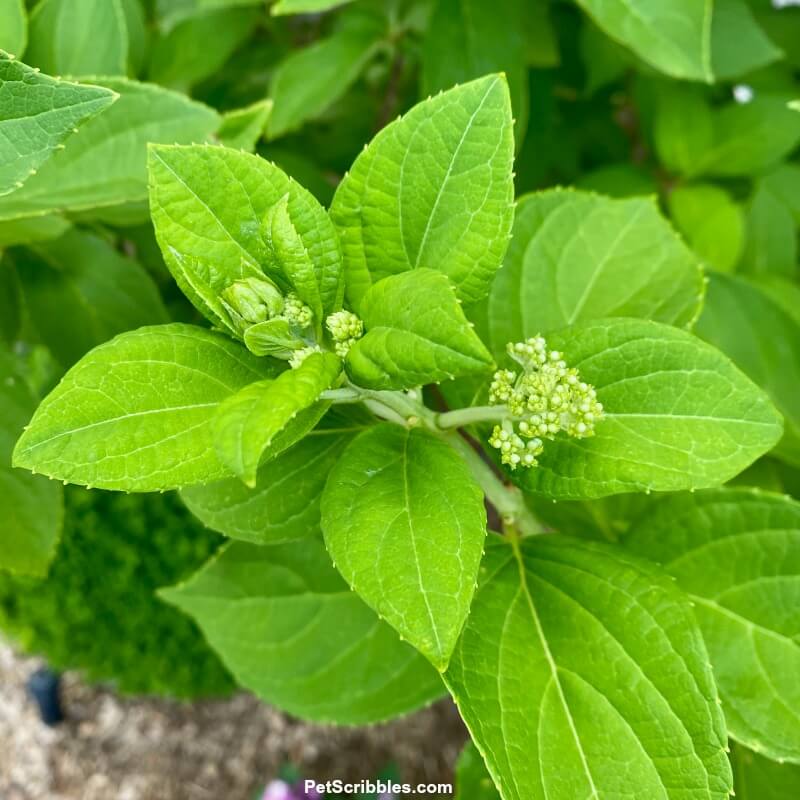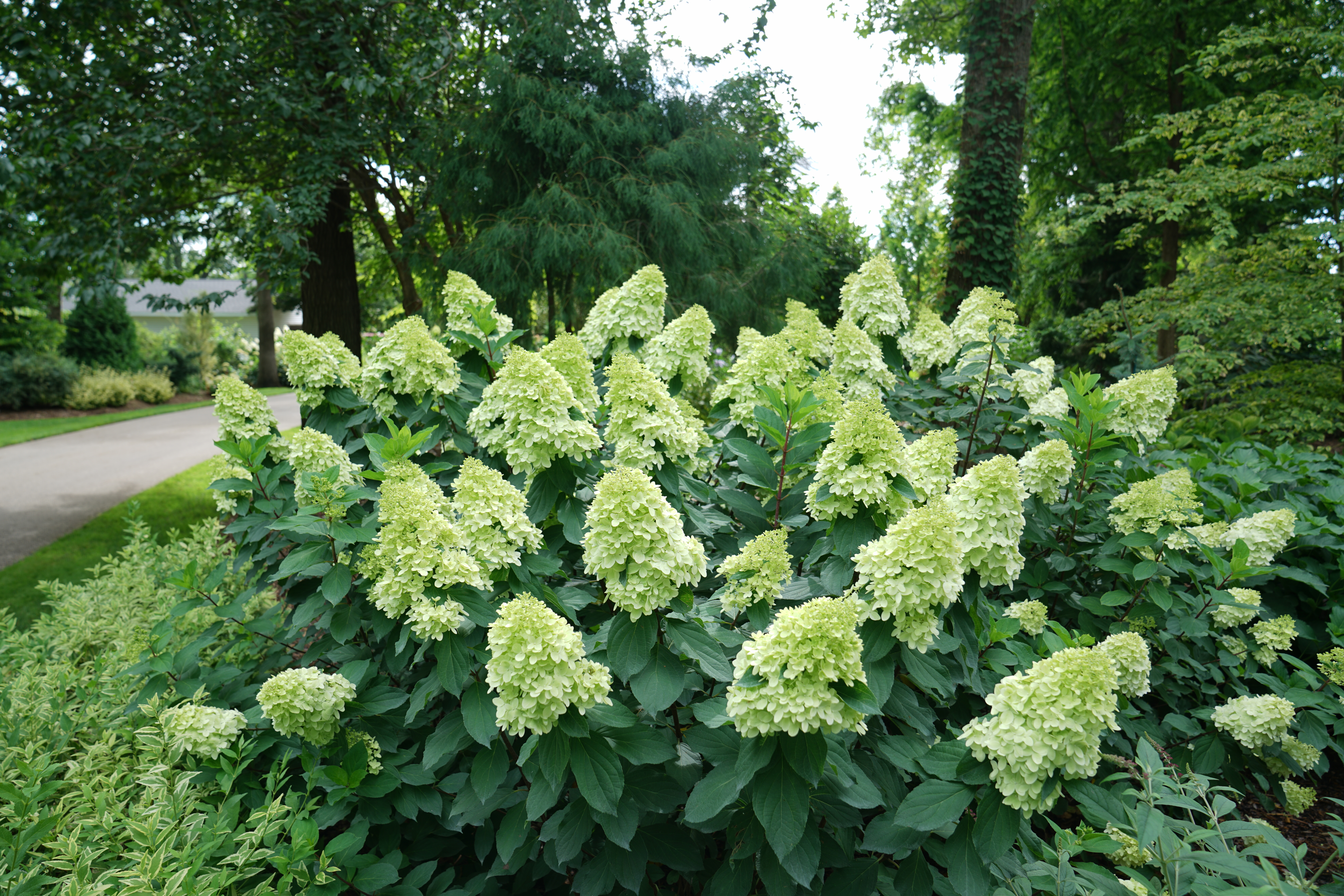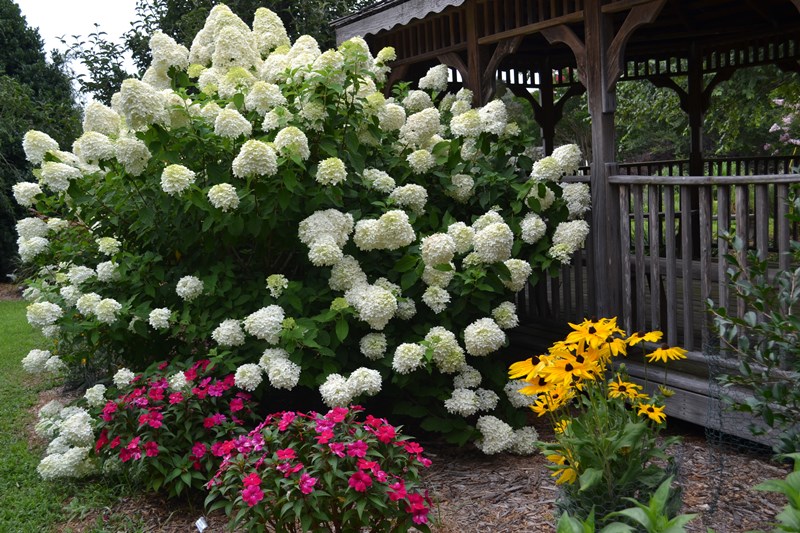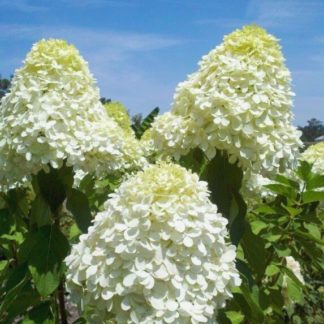How To Grow
Introduction
Everyone wants to grow. Whether you're talking about physical growth, personal growth, or professional growth, there are certain things you can do to maximize your potential. In this blog post, we'll discuss some of the best ways to grow in all areas of your life.
Physical Growth
When it comes to physical growth, there are a few things you can do to help your body reach its full potential. First, make sure you're eating a healthy diet that includes plenty of fruits, vegetables, and whole grains. These foods will provide your body with the nutrients it needs to grow and develop properly.
Second, get regular exercise. Exercise helps to stimulate growth hormones, which can help you grow taller and stronger. Aim for at least 30 minutes of moderate-intensity exercise most days of the week.
Finally, get enough sleep. Sleep is essential for growth and development. When you sleep, your body produces growth hormone, which helps your bones and muscles grow. Aim for 8-10 hours of sleep each night.
Personal Growth
Personal growth is all about becoming the best version of yourself. There are many things you can do to promote personal growth, such as:
- Learning new things. The more you learn, the more you'll grow as a person.
- Setting goals and working towards them. Having goals gives you something to strive for and helps you to develop your sense of purpose.
- Taking risks. Stepping outside of your comfort zone can help you to grow and learn new things.
- Being open to feedback. Feedback can help you to identify areas where you can improve.
- Surrounding yourself with positive people. The people you spend time with can have a big impact on your personal growth.
Professional Growth
Professional growth is all about advancing your career and becoming more successful. There are many things you can do to promote professional growth, such as:
- Getting the right education and training. The more qualified you are, the more opportunities you'll have for advancement.
- Networking with other professionals. Networking can help you to learn about new opportunities and meet potential mentors.
- Taking on new challenges. Taking on new challenges can help you to develop your skills and knowledge.
- Being a lifelong learner. The world of work is constantly changing, so it's important to be a lifelong learner.
Conclusion
Growing in all areas of your life is possible with hard work and dedication. By following the tips in this blog post, you can maximize your potential and achieve your goals.
If you're interested in learning more about Hydrangea paniculata 'Limelight', I recommend visiting Home Gardening. This website has a wealth of information about this popular hydrangea, including its history, care requirements, and pest and disease resistance. You can also find photos and videos of 'Limelight' in bloom, as well as tips on how to plant and care for it in your own garden.
FAQ of hydrangea pan limelight
- What are some facts about limelight hydrangeas?
Limelight hydrangeas are a type of panicle hydrangea, which means they produce large, cone-shaped flowers. They are known for their vibrant colors, which can range from pale green to soft white, cream, and pink. Limelight hydrangeas are also relatively low-maintenance, making them a popular choice for home gardeners.
- What are the best conditions for limelight hydrangeas?
Limelight hydrangeas prefer full sun in cold climates, but they can tolerate afternoon shade in warmer climates. They also require well-drained soil that does not remain soggy for any amount of time. To prune, simply cut back by one-third its total height every spring.
- How do I get my limelight hydrangea to bloom?
Limelight hydrangeas need a cold winter in order to bloom. If you live in a warm climate, you may need to protect your plant from the cold by covering it with a burlap sack or other protective material. You can also help your plant bloom by fertilizing it in the spring and summer.
- Why are my limelight hydrangeas not blooming?
There are a few reasons why your limelight hydrangeas may not be blooming. One possibility is that your plant is not getting enough sunlight. Another possibility is that your plant is not getting enough water. Finally, your plant may not be getting enough nutrients. If you are unsure why your plant is not blooming, it is best to consult with a gardening expert.
- How do I care for my limelight hydrangea over the winter?
If you live in a cold climate, you will need to protect your limelight hydrangea from the cold during the winter. You can do this by covering your plant with a burlap sack or other protective material. You should also water your plant regularly during the winter, but avoid watering it so much that the soil becomes soggy.
- How do I propagate limelight hydrangeas?
Limelight hydrangeas can be propagated by taking cuttings in the spring or summer. To take a cutting, simply cut a 4-6 inch piece of stem from the plant and remove the bottom leaves. Dip the cutting in rooting hormone and plant it in a pot of well-draining soil. Keep the soil moist and the cutting in a warm, shady location. The cutting should root in about 4-6 weeks.
Image of hydrangea pan limelight
10 different images of Hydrangea Paniculata Limelight that are free to use:
- Limelight Hydrangea in full bloom. This image shows a mature Limelight Hydrangea in full bloom. The flowers are a beautiful shade of light pink, and they are arranged in large, conical clusters.

- Limelight Hydrangea in bud. This image shows a Limelight Hydrangea in bud. The buds are a deep pink color, and they are just starting to open.

- Limelight Hydrangea in fall. This image shows a Limelight Hydrangea in fall. The flowers have turned a beautiful shade of pink-purple, and they are still in full bloom.

- Limelight Hydrangea in a garden. This image shows a Limelight Hydrangea in a garden setting. The hydrangea is surrounded by other flowers, and it is the focal point of the garden.

- Limelight Hydrangea as a privacy hedge. This image shows a Limelight Hydrangea used as a privacy hedge. The hydrangea is planted in a row, and it provides a tall, dense barrier.

- Limelight Hydrangea as a specimen plant. This image shows a Limelight Hydrangea used as a specimen plant. The hydrangea is planted in a prominent location in the garden, and it is the star of the show.

- Limelight Hydrangea in a container. This image shows a Limelight Hydrangea planted in a container. The hydrangea is a beautiful addition to a patio or deck, and it can be easily moved indoors during the winter.

- Limelight Hydrangea close-up. This image shows a close-up of the flowers of a Limelight Hydrangea. The flowers are a beautiful shade of light pink, and they have a delicate, lacy appearance.

- Limelight Hydrangea in the sunlight. This image shows a Limelight Hydrangea in the sunlight. The flowers are glowing with a bright pink hue, and they are surrounded by a halo of sunlight.
- Limelight Hydrangea in the rain. This image shows a Limelight Hydrangea in the rain. The flowers are glistening with water droplets, and they are even more beautiful than usual.

Post a Comment for "How To Grow"